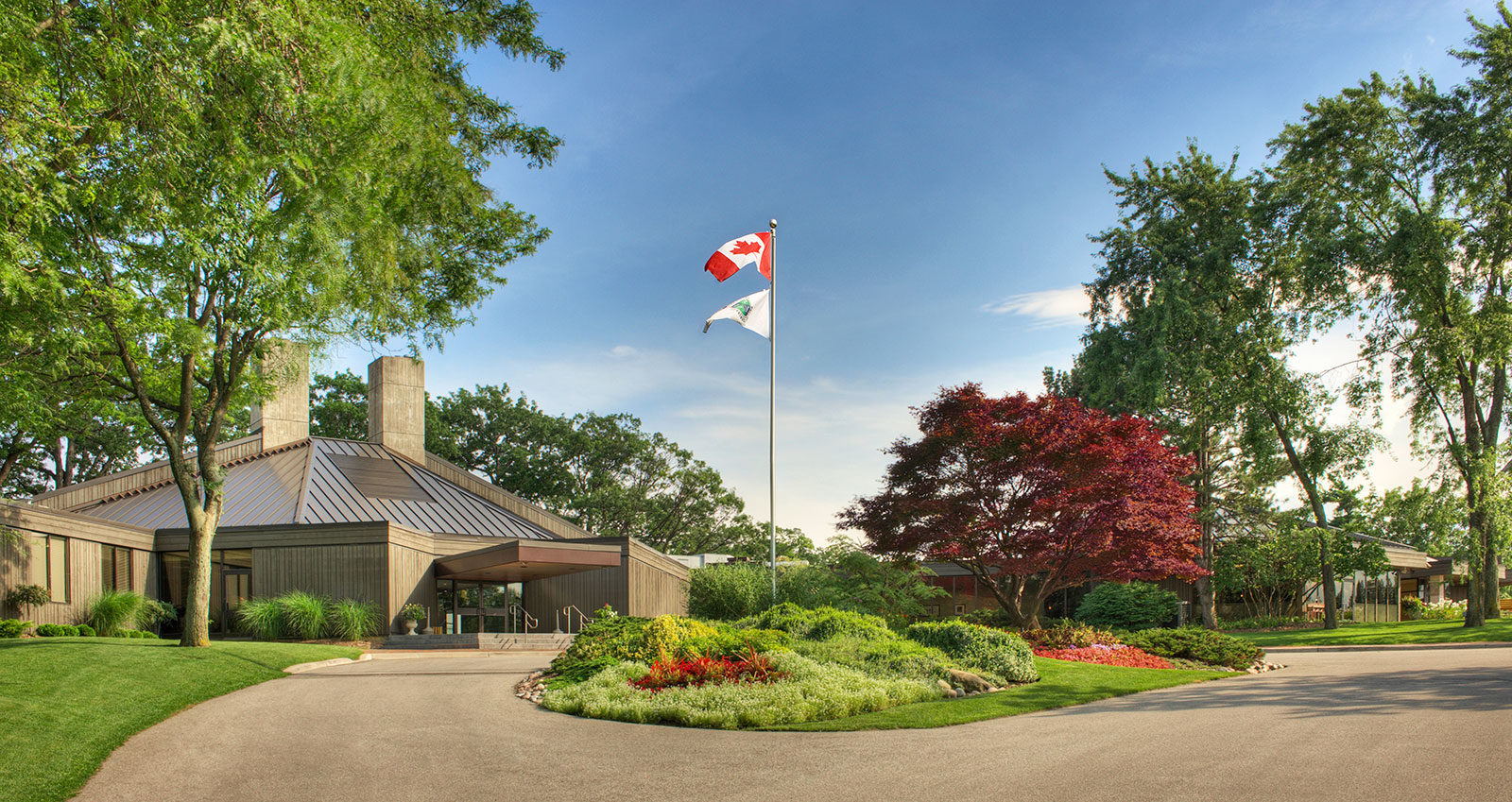In my last blog I discussed the drought conditions we were experiencing and the much-needed rain we were hoping for. Luckily Mother Nature was listening as we received approximately 40mm of rain over three days (June 24-27).
For today’s blog, I will be discussing the recent extreme heat we’ve received and how that impacts the golf course. Again, hopefully Mother Nature will listen and give us a much-needed break!
Did you know that the temperatures at Credit Valley last week were consistently hotter than in Tampa, Florida?!
| July 1 | July 2 | July 3 | July 4 | July 5 | |
| Tampa | 32°C | 33°C | 33°C | 31°C | 32°C |
| Mississauga | 38°C | 35°C | 32°C | 32°C | 35°C |
You’re probably thinking, “That’s interesting, but what does that have to do with the golf course?”
When it comes to classifying turfgrasses, there are typically two categories: warm and cool season grasses. Cool season grasses generally consist of bluegrass varieties and bentgrass, which are found throughout Canada and as far south in the US as the Carolinas, which is referred to as the “transition zone” where both warm and cool season grasses can grow. However, the prolonged summer heat can make it nearly impossible to grow bentgrass without significant intervention such as fans, reducing golfer traffic and increased pest control inputs to name a few. For these reasons, many golf courses grow Bermuda grass which is physiologically suited to survive the heat and drought conditions found south of the transition zone.
It is for this reason that the comparison of our temperatures to Tampa’s is so important as it has been as hot or hotter here while we do our best to grow a grass that has no business surviving in these temperatures.
Luckily these extreme temperatures are only for short periods of time! During these periods, the greens department works very carefully to deliver exact amounts of water, fertilizer and pest control products to limit stress from the heat, insects and disease. As you can imagine if one of these stress factors flare up during a period of extreme heat we could likely lose a great deal of turf in a very short period of time.

Unfortunately, the effected turf in this area could no longer take the heat. If you look closely you can see the wear pattern left behind by a golf cart. With the arrival of cooler temperatures this area (and others) will recover.
How does extreme heat impact our greens?
During these stretches it is crucial that we turn our attention from promoting green speed to only ensuring plant health. When we shift into this defensive mode, green speed is sacrificed as we are unable to perform many of the tasks required to promote firm, fast playing surfaces. During these periods we will often decrease our mowing frequency, increase moisture content in the greens and stay away from practices such as grooming and brushing the surfaces. It is also important to note that the physical characteristics of the plant change during these stretches such as leaf texture creating more friction between the grass and the ball creating the ‘Velcro’ feel we have recently been experiencing.
Our patience and vigilance during these stretches will pay off greatly as there will be ample amounts of healthy turf awaiting us when more seasonable temperatures return.
Upcoming Maintenance Day (July 9)
Although it is tough to lose a few hours on the tee sheet once a month, the greens staff AND the turf appreciate the opportunity to perform some much-needed practices that regular play would simply not allow enough time for. On Monday, we will be grooming and venting the greens. The grooming process will help smooth and speed up the putting surface, while venting will help promote water infiltration and air exchange, two critical processes to promoting plant health. What makes venting so amazing is that the holes will be virtually impossible to detect for those playing immediately following our maintenance morning.
[youtube https://www.youtube.com/watch?v=0Oo-ANMZNW4?rel=0]

A green after venting, before rolling and mowing

The final product!
Please stay tuned for my next blog in two weeks providing an update on our tree health struggles and the management plan as we move forward.

